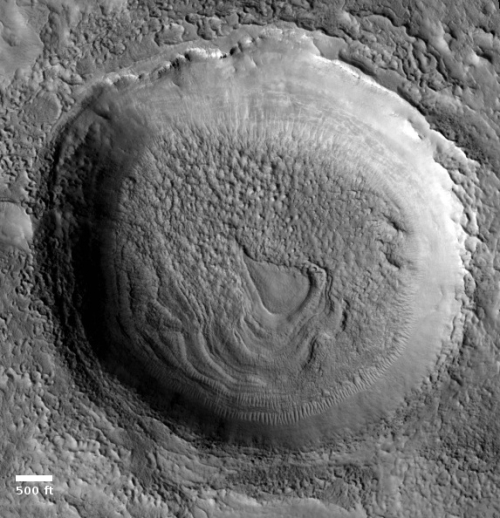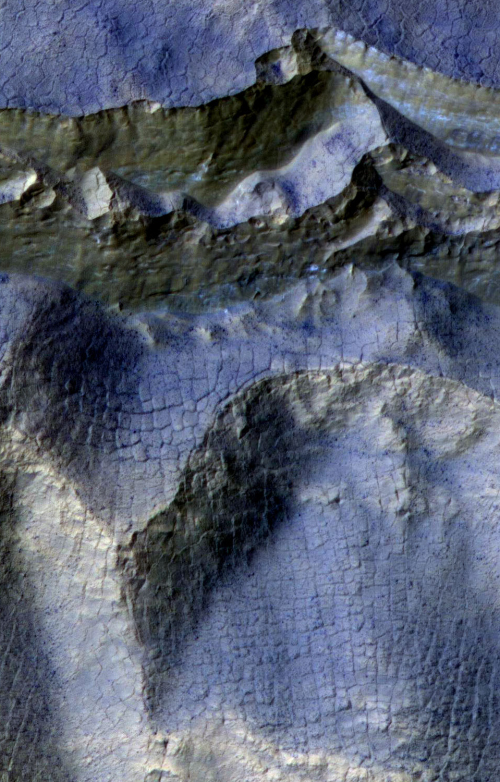Branson picks West Virginia to build test hyperloop underground train
Another Branson scam? Richard Branson’s new big venture to build a hyperloop magnetic underground train to transport cargo and people, dubbed Virgin Hyperloop, has chosen West Virginia as the location to build its first test prototype.
Virgin Hyperloop has picked the U.S. state of West Virginia to host a $500 million certification center and test track for billionaire Richard Branson’s super high-speed travel system, the company told Reuters. The center will be the first U.S. regulatory proving ground for a hyperloop system designed to whisk floating pods packed with passengers and cargo through vacuum tubes at 600 miles (966 kmph) an hour or faster.
Later, Branson announced the decision in a press conference on Thursday, joined virtually by U.S. Transportation Department Secretary Elaine Chao, the state’s Republican governor Jim Justice, and U.S. Senators from West Virginia Shelley Moore Capito, a Republican, and Joe Manchin, a Democrat.
…Construction is slated to begin in 2022 on the site of a former coal mine in Tucker and Grant Counties, West Virginia, with safety certification by 2025 and commercial operations by 2030, the company said.
Forgive me if I think is this nothing but a Branson con-job of the taxpayers and his investors. For example, though the company has raised $400 million of investment capital, much of that came from UAE investors. Considering that Branson took other Arab investors for half a billion on his Virgin Galactic scam, which after fifteen years has never flown an operational flight and will likely never make a dime of profit, I find this investment from the UAE astonishing.
Though the article doesn’t state where the remaining $100 million of cash came from, I suspect it is taxpayer money, from both federal and state coffers.
I am very dubious any of this will ever happen. A decade hence I expect the system will still be in development, with Branson calling for more tax dollars and new investors. Maybe by then he’ll do what he did with Virgin Galactic, go public and he sell his stock for a big profit, leaving others holding the bag.
Another Branson scam? Richard Branson’s new big venture to build a hyperloop magnetic underground train to transport cargo and people, dubbed Virgin Hyperloop, has chosen West Virginia as the location to build its first test prototype.
Virgin Hyperloop has picked the U.S. state of West Virginia to host a $500 million certification center and test track for billionaire Richard Branson’s super high-speed travel system, the company told Reuters. The center will be the first U.S. regulatory proving ground for a hyperloop system designed to whisk floating pods packed with passengers and cargo through vacuum tubes at 600 miles (966 kmph) an hour or faster.
Later, Branson announced the decision in a press conference on Thursday, joined virtually by U.S. Transportation Department Secretary Elaine Chao, the state’s Republican governor Jim Justice, and U.S. Senators from West Virginia Shelley Moore Capito, a Republican, and Joe Manchin, a Democrat.
…Construction is slated to begin in 2022 on the site of a former coal mine in Tucker and Grant Counties, West Virginia, with safety certification by 2025 and commercial operations by 2030, the company said.
Forgive me if I think is this nothing but a Branson con-job of the taxpayers and his investors. For example, though the company has raised $400 million of investment capital, much of that came from UAE investors. Considering that Branson took other Arab investors for half a billion on his Virgin Galactic scam, which after fifteen years has never flown an operational flight and will likely never make a dime of profit, I find this investment from the UAE astonishing.
Though the article doesn’t state where the remaining $100 million of cash came from, I suspect it is taxpayer money, from both federal and state coffers.
I am very dubious any of this will ever happen. A decade hence I expect the system will still be in development, with Branson calling for more tax dollars and new investors. Maybe by then he’ll do what he did with Virgin Galactic, go public and he sell his stock for a big profit, leaving others holding the bag.





